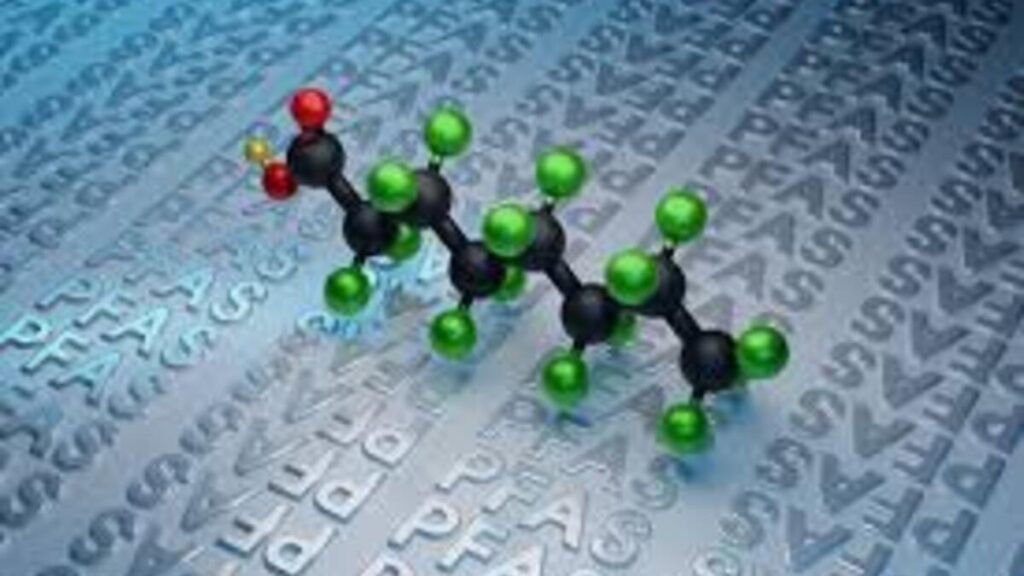When you hear the phrase “forever chemicals,” it’s not just a catchy label it’s a grim reality. PFAS, or per- and polyfluoroalkyl substances, have earned this nickname because they resist breaking down in the environment. While they’ve been celebrated for their usefulness in everything from nonstick pans to waterproof clothing, the PFAS environmental impact is raising serious alarms worldwide.
In this blog, we’ll explore how these invisible contaminants spread, why they are so persistent, and what this means for human health and the planet.
What Are PFAS and Why Do They Matter?
PFAS are a group of synthetic chemicals developed in the mid-20th century for their ability to repel oil, water, and heat. From firefighting foams to food packaging, these compounds are everywhere. Unfortunately, their durability is also their downfall.
The PFAS environmental impact begins with their resistance to natural degradation. Unlike biodegradable materials, PFAS linger in soil, air, and water systems for decades. This means once they enter the ecosystem, they rarely leave.
How PFAS Enter the Environment
The pathways of PFAS contamination are surprisingly vast:
- Industrial discharges: Factories that produce or use PFAS often release them into rivers and groundwater.
- Consumer products: Everyday items treated with PFAS like stain-resistant carpets or water-repellent jackets shed particles that end up in landfills or sewage systems.
- Firefighting foams: Used for decades at airports and military bases, these foams are one of the largest sources of PFAS pollution.
Because PFAS dissolve easily in water, they migrate quickly, contaminating drinking water supplies far from their source. This widespread dispersal amplifies the PFAS environmental impact on both ecosystems and communities.
The Health Risks Linked to PFAS
The human body is not immune to PFAS buildup. Studies have linked long-term exposure to a variety of health concerns:
- Weakened immune system responses
- Increased cholesterol levels
- Hormonal imbalances and thyroid disruption
- Higher risks of certain cancers, such as kidney and testicular cancer
What’s especially troubling is how PFAS accumulate over time. Even small, repeated exposures can result in long-lasting effects, making the PFAS environmental impact not just an environmental crisis but also a public health emergency.
Ecological Consequences
It’s not only humans who suffer. PFAS chemicals infiltrate entire ecosystems:
- Aquatic life: Fish and marine species absorb PFAS from contaminated waters, disrupting growth and reproduction cycles.
- Wildlife: Birds and mammals that feed on contaminated prey accumulate PFAS in their tissues, leading to weakened survival rates.
- Soil health: PFAS persist in agricultural lands, potentially entering crops and, eventually, the food chain.
This ripple effect shows how the PFAS environmental impact extends beyond localized pollution—it’s a global issue with interlinked consequences.
Global Efforts to Address the PFAS Challenge
Governments, scientists, and organizations are beginning to tackle the PFAS problem head-on.
- Regulation and bans: The European Union and several U.S. states have restricted or banned PFAS in consumer goods.
- Water treatment innovation: Advanced filtration methods like activated carbon and nanofiber membranes are being developed to capture PFAS from water supplies.
- Corporate responsibility: Some companies are phasing out PFAS in their products to reduce environmental footprints.
At Matregenix, we believe solutions rooted in advanced material science such as nanofiber-based filtration can play a pivotal role in reducing the PFAS environmental impact and safeguarding public health.
Why Awareness Matters
Despite progress, PFAS remain largely invisible in daily life. People don’t see them in their tap water, soil, or food, but the risks are real. Raising awareness is one of the most effective ways to drive change. By understanding the scope of the PFAS environmental impact, communities can advocate for cleaner policies, demand safer alternatives, and support technologies that mitigate exposure.
Moving Forward with Resilience
The story of PFAS isn’t just about danger it’s about opportunity. Humanity now faces the challenge of correcting decades of chemical dependency. Through innovation, regulation, and collective responsibility, we can curb the PFAS environmental impact and prevent future harm.
At Matregenix, we’re committed to advancing sustainable nanofiber technologies that not only address today’s contamination challenges but also pave the way for a safer tomorrow.
Final Thoughts
The PFAS environmental impact serves as a reminder that what we create doesn’t always disappear when we’re done with it. These forever chemicals are a wake-up call to rethink our relationship with synthetic materials and the environment. With greater awareness and bold action, we can transform this growing global concern into a story of resilience, responsibility, and innovation.

